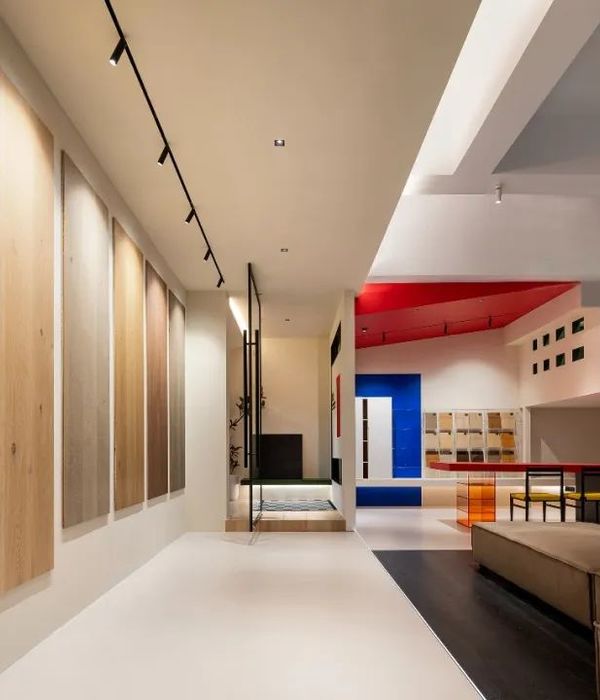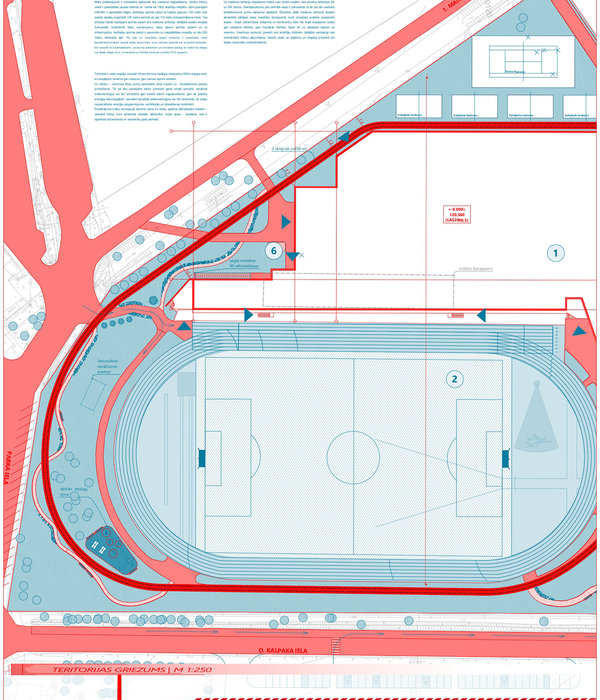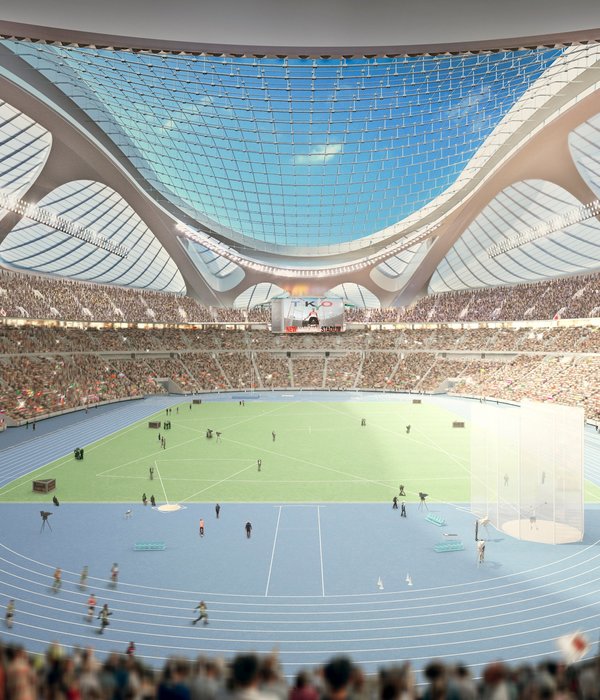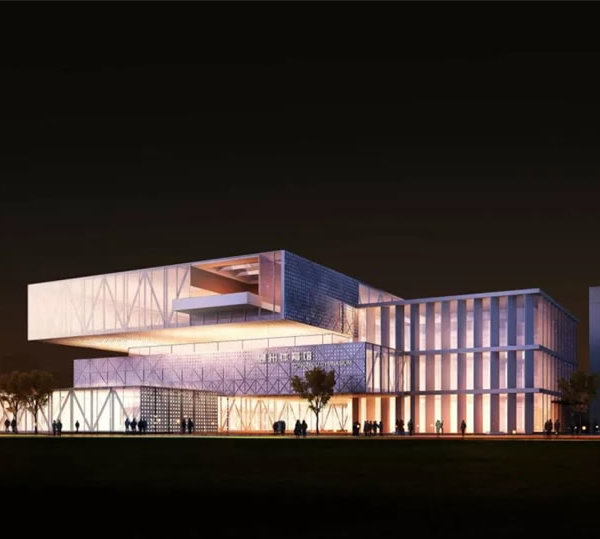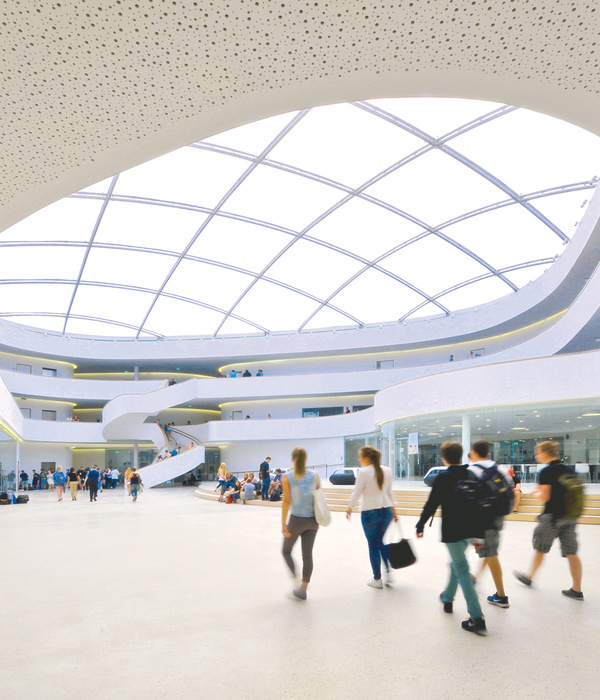首先,我认为有历史背景的场地是扣人心弦的。我想深入学习并了解过去,然后面向并创建未来。这正是连接过去、现在和未来的机会。滨离宫恩赐庭园是江户时代的大名(daimyo)庭园,江户历代幕府的将军曾多次对它进行景观美化和翻新。如今,庭院背后耸立着新桥和汐留的摩天楼。这里触及东京的历史和现代两个维度,我既能看到到东京的扩张,也能感受到这里曾经是幕府猎鹰场的乡村气息。在庭院中,明治早期建造的“Enryokan”旅馆是招待场所,我们选择此处作为“水明”的场地。
To begin with, I thought that a site with a historic background would be compelling. I wanted to study and know the past in depth, to then face and build the future. It was an occasion for the past and the present, but also the future, to be connected. The Hamarikyu Garden is a daimyo garden of the Edo period. It has been landscaped and renovated many times by successive shoguns of the Edo shogunate. Nowadays, from the garden, you can see the skyscrapers of Shimbashi and Shiodome standing in the background. It’s a site where I could interact with two dimensions of Tokyo: both historical and modern. I think about the expansion of the city of Tokyo while I sense the countryside it used to be – falconry grounds for the shogunate. Within the park we chose the site of the guesthouse “Enryokan”, constructed in the early Meiji era. It is a place of hospitality.
▼装置概览,preview
Kazuyo Sejima & Associates
滨离宫恩赐庭园设有海水池塘和两处水上鸭塘等众多亲水设施,可以说是与水共生的庭院。我想将水以现代的方式引入这片景观中,同时又保有平安时代寝殿造庭院的曲水特征。
The Hamarikyu Garden is already a park that coexists with water: there are many ways to enjoy water within the park, such as ponds made of seawater and two duck fields. In this landscape, I wanted to introduce water in a way that reflects present times, but keeping in mind the kyokusui (a waterway in the Shinden-zukuri garden of the Heian period).
▼滨离宫恩赐庭园与城市的关系
Kazuyo Sejima & Associates
the relationship between the Hamarikyu Garden and the city
水是生命中不可替代的元素,和服中常用的流水图案包含“洗去苦难和灾难”、“流水常清”、“清洁和防火”等象征意义。从远处看,草地上的水流似乎是静止的,但走进一看,它实际上在缓缓流动。水流时静时动,象征过去、现在和未来。
Water is an irreplaceable element in life. The patterns of running water, often used in Kimono, have different symbolic meanings, such as “washing away suffering and disasters”, “flowing water is clean and pure”, and “purification and protection from fire”. As for the installation itself, the stream of water on the grass seems to be stationary when viewed from a distance, but as one approaches it, it is possible to see that it is actually flowing quietly. By appearing to be simultaneously fixed and constantly changing, the flow of water represents the past, the present and the future.
▼“水明”与滨离宫恩赐庭园的关系
Kazuyo Sejima & Associates
the relationship between the “Suimei” and the Hamarikyu Garden
镜面水渠中的浅水倒映着周围松树、梅树和高楼,闪闪发光。标题“水明”(Suimei)一词象征清澈的水在阳光和月光下熠熠生辉。这片水面映射着东京的过去,生生不息,我希望可以通过它畅想美好的未来。
The shallow water in the mirrored waterway shines brightly. It reflects surrounding pine and plum trees, as well as neighbouring buildings. The title “Suimei” is a word that signifies how limpid water shines beautifully in the light of the sun and the moon. My hope is to be able to imagine a bright future through this surface of water, one that reflects the past of Tokyo while also continuously shifting.
▼水明局部,part view of the “Suimei”
Kazuyo Sejima & Associates
我希望呈现出鸭长明在《方丈记》的序中所描绘的风景:“河水潺潺流动,变化不止。浮沫忽聚忽散,从不停歇。人与栖居家园亦是如此。”
I would like to portray the scenery as Kamo no Chomei wrote in the prelude of his book “Hojoki,” “The flow of the river is ceaseless; and its water is never the same. The foam that floats in the pools now gathering, now vanishing never lasts long. So it is with man and all his dwelling places on this earth.”
▼设计手稿,sketch
Kazuyo Sejima & Associates
Suimei / Kazuyo Sejima , PAVILION TOKYO 2021
PAVILION TOKYO 2021 is organized by the Tokyo Metropolitan Government, Arts Council Tokyo (Tokyo Metropolitan Foundation for History and Culture), and Executive Committee of Pavilion Tokyo 2021, as a part of Tokyo Tokyo FESTIVAL Special 13.
Date: July 1st -September 5th, 2021
Planning and Production: WATARI-UM, The Watari Museum of Contemporary Art
Please refer to the official website for the latest information.
https://paviliontokyo.jp/
{{item.text_origin}}

